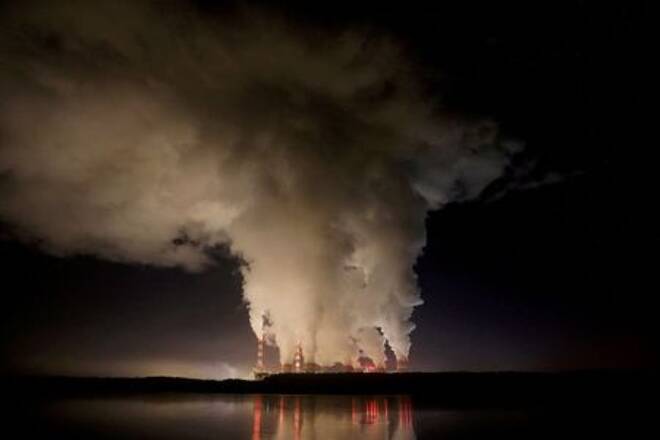Advertisement
Advertisement
Global Carbon Pricing Schemes Raised $53 Billion in 2020 – World Bank
By:
LONDON (Reuters) - Countries around the world raised $53 billion last year by charging firms for emitting carbon dioxide (CO2), up almost 18% from 2019 as some imposed new levies and prices in some existing schemes rose, the World Bank said in a report on Tuesday.
By Susanna Twidale
Many countries are using a price on carbon to help meet their climate goals in the form of a tax or under an emissions trading (ETS), or cap-and-trade, system.
The world’s seven largest advanced economies last week recognised the role carbon pricing can play in driving innovation and new technology to hit net zero emissions.
“Despite the social and economic upheaval caused by COVID-19, jurisdictions and companies have not wavered in their commitment to fighting climate change,” the report said.
There were 64 global carbon pricing instruments in operation in 2021, compared with 58 in 2020, covering more than 21% of global greenhouse gas emissions, up from 15.1% last year, the report said.
The increase in emissions covered is largely due to the launch this year of China’s national ETS – the world’s largest carbon market – initially covering about 30% of the country’s emissions, or some 4 billion tonnes of CO2, the report said.
The increase in revenues generated last year was mainly due to higher prices in the European Union’s ETS, where the cost of carbon permits rose more than 30%.
The World Bank said, however, that carbon prices in most regions of the world remained well below levels needed to drive changes to meet the 2015 Paris climate agreement.
“A majority of carbon prices still remain far below the $40–$80/tCO2e (tonnes carbon dioxide equivalent) range needed in 2020 to meet the 2 Celsius temperature goal,” the report said. “Higher prices will be needed … to reach the 1.5C target.”
Nearly 200 countries have signed the Paris agreement, which aims to limit global warming to well below 2C (3.6 Fahrenheit) above pre-industrial levels, and preferably 1.5C.
(Reporting by Susanna Twidale; Editing by David Clarke)
About the Author
Reuterscontributor
Reuters, the news and media division of Thomson Reuters, is the world’s largest international multimedia news provider reaching more than one billion people every day. Reuters provides trusted business, financial, national, and international news to professionals via Thomson Reuters desktops, the world's media organizations, and directly to consumers at Reuters.com and via Reuters TV. Learn more about Thomson Reuters products:
Advertisement
